Buying medicine abroad might seem like a smart way to save money-especially when you’re traveling and your prescription costs ten times more overseas than at home. But what looks like a bargain could be deadly. Every year, thousands of travelers end up with fake pills, empty capsules, or drugs laced with fentanyl because they bought medication from an unverified source. The risks aren’t theoretical. In 2024, a U.S. woman died after taking what she thought was oxycodone from an online pharmacy-it was actually fentanyl. She took one pill. That was it.
Why Foreign Medications Are Riskier Than You Think
Many people assume that if a drug is sold in Canada, the EU, or India, it must be safe. That’s a dangerous myth. The truth is, most online pharmacies claiming to sell "Canadian" or "European" drugs don’t actually source from those countries. A 2024 report from the AMA Journal of Ethics found that over 80% of pills labeled as "from Canada" were shipped from India, Turkey, or Southeast Asia-places with weaker drug safety rules. These drugs may have no active ingredient at all, or worse, they contain toxic chemicals like lead, rat poison, or industrial solvents. Even legitimate-looking websites can be traps. Counterfeiters copy official logos, use professional-looking designs, and even fake customer reviews. The European Medicines Agency (EMA) found hundreds of fake Facebook ads and Instagram posts pushing weight-loss drugs like semaglutide and tirzepatide. These aren’t just scams-they’re health bombs. Some fake pills contain five times the safe dose of a drug. Others have none of the drug listed on the label. Either way, your body doesn’t know the difference.How Illegal Pharmacies Trick You
Illegal online pharmacies use the same tricks every time:- They don’t require a prescription-even for controlled substances like oxycodone, insulin, or Xanax.
- They offer prices that are too good to be true: 80% off brand-name drugs, or $10 for a 30-day supply of Eliquis.
- They list prices in foreign currencies or use obscure payment methods like cryptocurrency or wire transfers.
- They don’t show a physical address, or the address doesn’t match public business records.
- They don’t have a licensed pharmacist you can call or chat with.
- The packaging looks off: blurry labels, foreign language instructions, broken seals, or pills that look different from what you’ve taken before.
What Makes a Pharmacy Legit?
There’s a simple way to tell if a pharmacy is safe: it follows the rules. Legitimate pharmacies, whether online or in-person, are regulated. In the U.S., look for the VIPPS seal (Verified Internet Pharmacy Practice Sites). As of October 2024, only 68 U.S. online pharmacies had this certification. You can check the list at vipps.pharmacy. In Europe, use your national health authority’s official website. The EMA maintains a list of legal online pharmacies for each EU country. In Canada, only pharmacies registered with Health Canada are allowed to sell online. And even then-buying Canadian drugs for use in the U.S. is risky. Canada doesn’t monitor where those drugs go after they leave their borders. You might think you’re getting a Canadian pill. You’re probably getting a pill from a warehouse in Mumbai. A legit pharmacy will:- Require a valid prescription from a licensed doctor.
- Have a physical address and phone number you can verify.
- Be licensed by your country’s drug regulator (FDA, MHRA, Health Canada, etc.).
- Have a licensed pharmacist available to answer questions.
- Use secure payment systems (credit card, PayPal)-never cryptocurrency or Western Union.
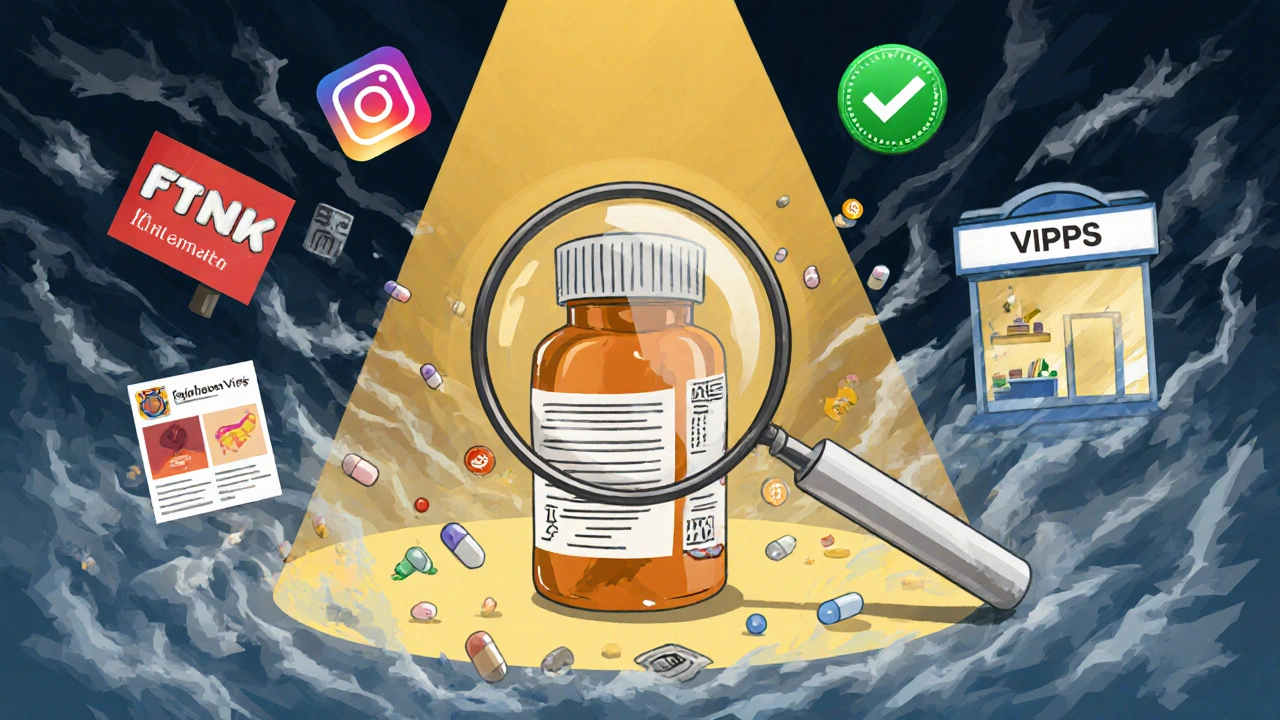
What to Do If You’re Already Sick and Need Meds While Traveling
If you’re abroad and your medication runs out, don’t panic-but don’t buy from a street vendor or a random pharmacy either. Here’s what to do:- Find the nearest embassy or consulate. They often have lists of local doctors and approved pharmacies.
- Ask your hotel concierge or front desk for help. They usually know trusted local medical providers.
- Call your home country’s health hotline. Many countries have 24/7 travel medical support lines.
- If you need a refill, ask a local doctor to write a new prescription. Many countries will honor a foreign doctor’s note if it’s translated and signed.
- Never buy insulin, heart meds, antibiotics, or mental health drugs from an unverified source. The consequences can be fatal.
How to Spot a Fake Medicine
Even if you buy from a pharmacy that looks legit, you still need to check the product. Counterfeiters are getting better. Here’s how to spot the real from the fake:- Check the packaging: Is the label in the local language? Is the font crisp and clear, or blurry and smudged?
- Look for a batch number and expiration date. If it’s missing or scratched out, walk away.
- Compare the pills to your usual prescription. Do they look different in color, shape, or size? Even a slight change can mean it’s fake.
- Smell the pill. Some fake drugs have a chemical or bitter odor.
- Check for tampering: Broken seals, loose blister packs, or mismatched caps are red flags.

The Hidden Costs of Cheap Drugs
It’s not just about your health. Buying fake meds hurts everyone. In 2022, counterfeit drugs cost the U.S. healthcare system an extra $67 billion in emergency visits, hospital stays, and lost productivity. Legitimate drug companies lost $34 billion in sales. That means higher prices for everyone. And it fuels global health crises. Substandard antibiotics lead to drug-resistant infections. Fake malaria drugs kill thousands in Africa every year. Fake insulin leads to diabetic comas. The World Health Organization says counterfeit medicines are a major driver of antimicrobial resistance-meaning the drugs we rely on to save lives are becoming useless.What You Can Do to Stay Safe
Here’s your simple checklist before buying any medication online or abroad:- Never buy without a prescription-even if the site says you don’t need one.
- Verify the pharmacy through your country’s official regulator (FDA, EMA, MHRA, etc.).
- Use only websites with secure payment (https:// and a padlock icon).
- Don’t trust social media ads, Instagram influencers, or YouTube videos selling "miracle" drugs.
- If the price seems too low, it is. Legit drugs cost what they cost.
- When traveling, carry extra prescriptions and a doctor’s note explaining your condition and meds.
- Report suspicious pharmacies to your national drug agency. Your report could save someone’s life.
Final Thought: There’s No Shortcut to Safety
No one wants to pay $500 for a month’s supply of medication. But paying $50 for a fake version that could kill you isn’t a bargain-it’s a tragedy waiting to happen. The safest, cheapest, and most reliable way to get your meds is through your own country’s regulated system. If you can’t afford them, talk to your doctor about patient assistance programs, generic alternatives, or international drug assistance programs. There are legal, safe options. You just have to look for them.Can I legally buy prescription drugs from Canada?
Technically, U.S. law allows individuals to import a 90-day supply of non-controlled prescription drugs from Canada for personal use-but only if the drug is approved by the FDA and the pharmacy is licensed in Canada. In practice, most "Canadian" pharmacies online are not Canadian at all. They’re based in India or Turkey and ship fake or substandard drugs. The FDA does not endorse or guarantee the safety of any online Canadian pharmacy. The safest approach is to never buy from them.
What should I do if I took a fake pill?
If you suspect you took a counterfeit medication, stop taking it immediately. Contact your doctor or go to the nearest emergency room. Bring the pill bottle or packaging with you. Report the pharmacy to your national drug agency (like the FDA or DEA). If you’re abroad, contact your embassy. Fake pills can cause immediate harm-like fentanyl poisoning-or long-term damage like organ failure or drug resistance. Don’t wait for symptoms to appear.
Are online pharmacies from the UK safe?
Only those listed on the UK’s General Pharmaceutical Council (GPhC) website are legal and safe. The GPhC has a public register where you can verify a pharmacy’s license. Many fake UK pharmacies use .co.uk domains to look legitimate. If the site doesn’t require a prescription, doesn’t list a physical address, or doesn’t have a pharmacist on staff, it’s not safe. Always check the GPhC register before ordering.
Can I get in trouble for buying illegal drugs online?
You won’t be arrested for buying a fake pill for yourself-but you could face legal consequences if you’re caught importing controlled substances without a prescription. More importantly, you’re putting your life at risk. Customs officials regularly seize illegal drugs at borders, and if you’re found with them, you may lose your medication, face fines, or be denied entry. The real danger isn’t the law-it’s the poison in the pill.
Why are fake drugs so common in travel destinations?
Tourist areas are targeted because visitors are often in a hurry, don’t speak the local language, and assume pharmacies are trustworthy. Criminals set up shops near airports, hotels, and tourist markets. They use signs in English, fake diplomas on the wall, and friendly staff to build trust. But these places rarely have real pharmacists or regulated supply chains. What you see on the shelf might have been shipped from a warehouse in China or Pakistan. Always verify before buying.



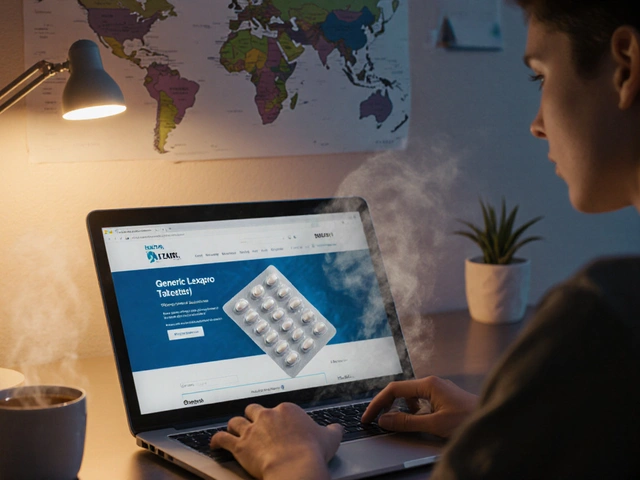


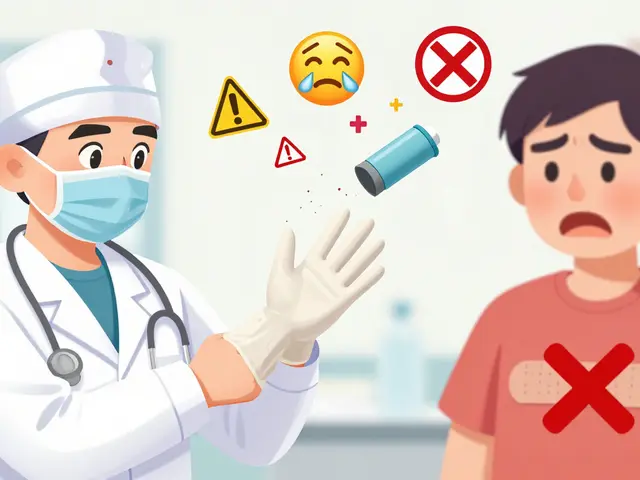

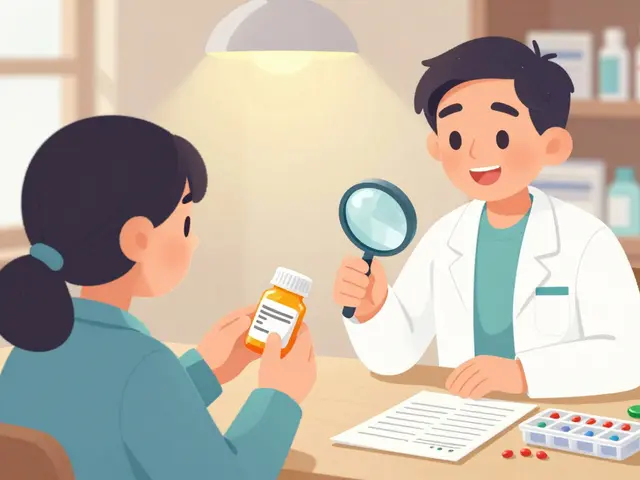
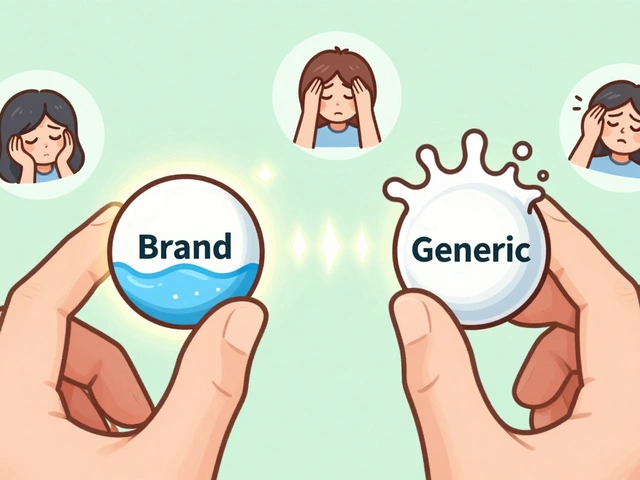
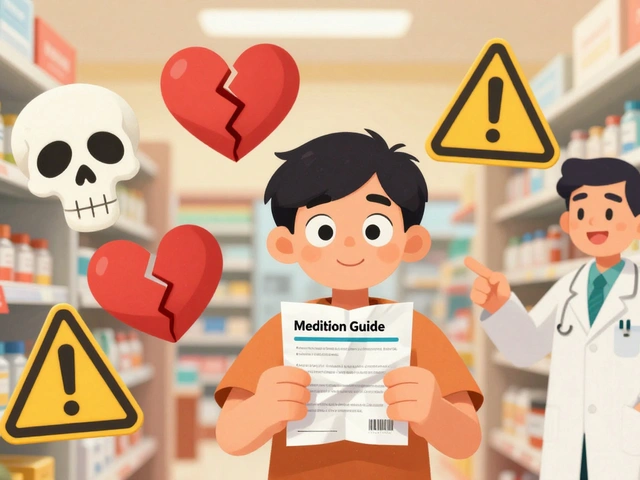
Chris Taylor
I used to buy my insulin from a "Canadian" site because it was half the price. Turned out it was just sugar pills. I ended up in the ER. Don't be me.
Sean Slevin
Wow. Just... wow. So we're saying that capitalism, globalization, and the sheer desperation of people who can't afford meds are creating a perfect storm of death-by-pill? I mean, it's not even a conspiracy-it's just... business? And we're the ones paying with our bodies? I don't know what to feel anymore. 😔
Melissa Michaels
It's critical to verify pharmacy credentials through official regulatory bodies. Many consumers assume international equals safe but regulatory oversight varies drastically. Always check FDA VIPPS or EMA listings before purchasing. Safety is non-negotiable.
Nathan Brown
There's a deeper truth here. We've been trained to treat medicine like a commodity-like a pair of shoes you can just click buy on. But your body isn't Amazon. It doesn't have a return policy. When you take a pill, you're trusting someone you've never met with your life. That's not convenience. That's a spiritual gamble. And we're losing. 🤔
Olivia Currie
OMG I JUST SAW A TIKTOK AD FOR "CHEAP SEMAGLUTIDE FROM EUROPE" AND I ALMOST CLICKED IT. LIKE. I WAS HUNGRY FOR THE PROMISE OF WEIGHT LOSS BUT THEN I READ THIS POST AND MY HEART STOPPED. THANK YOU. I JUST SAVED MYSELF FROM A POTENTIAL FENTANYL TOMB.
Curtis Ryan
so i bought my xanax from a site that looked legit and the pills were white instead of blue?? i thought maybe they changed the formula?? then i saw the batch number was "123456" and i was like... nah. i threw them out. still scared though. 😅
Rajiv Vyas
fake meds? pfft. the real scam is the FDA and big pharma keeping prices high so you have no choice but to risk it. they make the drugs cheap in india then charge you 500% here. you think the government cares? they profit off your fear. the pills are fine if you know where to look. stop being sheep.
farhiya jama
i mean... i get the fear but like... who even has time to verify every pharmacy? i'm a single mom working two jobs. i just need my meds. why is it so hard to get basic healthcare without becoming a detective?
Astro Service
why do we let foreigners sell us medicine? this is why america is weak. we should ban all foreign drugs. period. if you can't afford your pills in america you should work harder. not go begging to india.
DENIS GOLD
so the solution is... don't be dumb? wow. groundbreaking. next you'll tell us not to drink bleach. maybe we should just put a sign on every pill: "this might kill you if you bought it from a stranger on the internet."
Ifeoma Ezeokoli
in nigeria we have the same problem but worse. people die from fake malaria drugs every week. but we don't have the luxury of a vipps seal. sometimes you just have to trust the pharmacy next to the church. the system failed us long before the internet did.
Daniel Rod
just got back from a trip to mexico. my blood pressure meds ran out. i went to a pharmacy that looked legit-white coat, clean shelves, english signs. asked for the prescription check. they had a real pharmacist on staff. i asked for the license number. they gave it to me. i checked it online. it was real. took the meds. slept like a baby. 🙏 it's possible. you just have to ask.
gina rodriguez
i know this sounds basic but... if you're struggling to afford meds, talk to your doctor. they know about patient assistance programs. i had a patient who saved $2000 a year just by switching to a generic and applying for help. you're not alone. 💛
Matthew Stanford
we're not just fighting fake drugs. we're fighting the idea that health should be a privilege. the fact that people have to risk their lives to afford insulin isn't a market failure. it's a moral failure. let's fix the system, not just the scams.
Sue Barnes
if you're dumb enough to buy medicine off the internet you deserve what you get. stop being irresponsible. your life is not a gamble. get your act together.